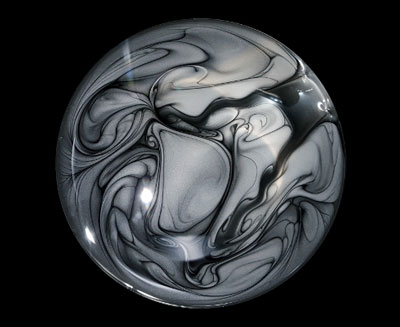 The novel method uses ultrahigh shear forces in a microfluidisation process to exfoliate graphene flakes from graphite. The process converts 100% of the starting graphite material into usable flakes for conductive inks, avoiding the need for centrifugation and reducing the time taken to produce a usable ink.
The novel method uses ultrahigh shear forces in a microfluidisation process to exfoliate graphene flakes from graphite. The process converts 100% of the starting graphite material into usable flakes for conductive inks, avoiding the need for centrifugation and reducing the time taken to produce a usable ink.
Feb 21st, 2017
Read more
 Major international prize recognizes a visionary nanotechnology researcher.
Major international prize recognizes a visionary nanotechnology researcher.
Feb 20th, 2017
Read more
 Researchers experimentally realized an exotic quantum system which is robust to mixing by periodic forces.
Researchers experimentally realized an exotic quantum system which is robust to mixing by periodic forces.
Feb 20th, 2017
Read more
 Scientists end long-standing controversy about a ubiquitous reaction involved in catalysts, corrosion, and more.
Scientists end long-standing controversy about a ubiquitous reaction involved in catalysts, corrosion, and more.
Feb 20th, 2017
Read more
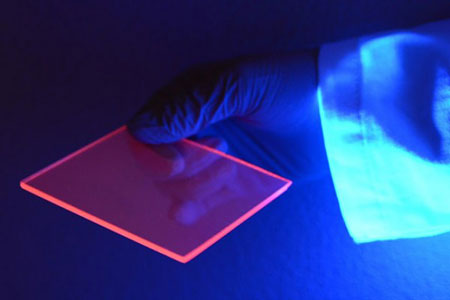 Researchers developed technology to embed the silicon nanoparticles into what they call efficient luminescent solar concentrators (LSCs). These LSCs are the key element of windows that can efficiently collect solar energy.
Researchers developed technology to embed the silicon nanoparticles into what they call efficient luminescent solar concentrators (LSCs). These LSCs are the key element of windows that can efficiently collect solar energy.
Feb 20th, 2017
Read more
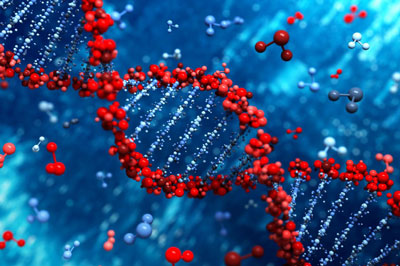 DNA, the stuff of life, may very well also pack quite the jolt for engineers trying to advance the development of tiny, low-cost electronic devices.
DNA, the stuff of life, may very well also pack quite the jolt for engineers trying to advance the development of tiny, low-cost electronic devices.
Feb 20th, 2017
Read more
 Researchers have created a new battery membrane that brings the cycle life of next-generation lithium-sulfur batteries in line with their lithium-ion counterparts.
Researchers have created a new battery membrane that brings the cycle life of next-generation lithium-sulfur batteries in line with their lithium-ion counterparts.
Feb 18th, 2017
Read more
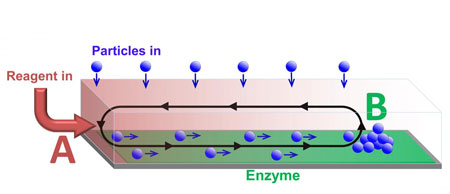 Chemical engineering and chemistry researchers develop controlled delivery of particles via fluid flow.
Chemical engineering and chemistry researchers develop controlled delivery of particles via fluid flow.
Feb 17th, 2017
Read more
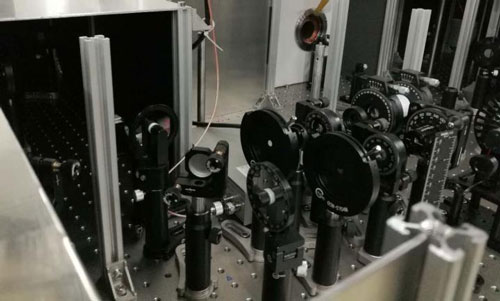 At both fundamental and application levels, ultrafast laser pulse excitation and dynamics measurement provide an effective path to the fast optical detection, as well as for the control of the magnetic order.
At both fundamental and application levels, ultrafast laser pulse excitation and dynamics measurement provide an effective path to the fast optical detection, as well as for the control of the magnetic order.
Feb 17th, 2017
Read more
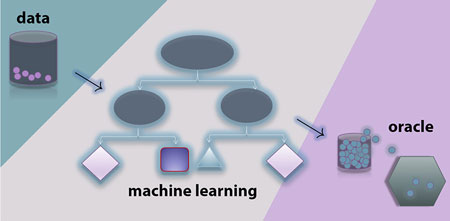 Researchers have developed a novel workflow combining machine learning and density functional theory calculations to create design guidelines for new materials that exhibit useful electronic properties, such as ferroelectricity and piezoelectricity.
Researchers have developed a novel workflow combining machine learning and density functional theory calculations to create design guidelines for new materials that exhibit useful electronic properties, such as ferroelectricity and piezoelectricity.
Feb 17th, 2017
Read more
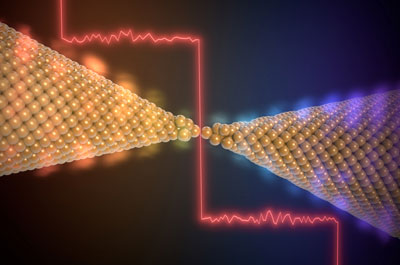 Scientists have achieved a breakthrough in better understanding heat transport at the nanoscale.
Scientists have achieved a breakthrough in better understanding heat transport at the nanoscale.
Feb 17th, 2017
Read more
 You may not realize it but alien subatomic particles raining down from outer space are wreaking low-grade havoc on your smartphones, computers and other personal electronic devices.
You may not realize it but alien subatomic particles raining down from outer space are wreaking low-grade havoc on your smartphones, computers and other personal electronic devices.
Feb 17th, 2017
Read more
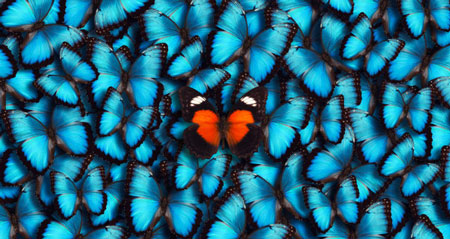 Researchers discover method to replicate nature's ability to reflect light to develop innovative materials.
Researchers discover method to replicate nature's ability to reflect light to develop innovative materials.
Feb 17th, 2017
Read more
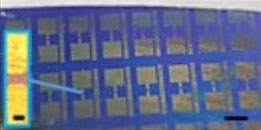 A new technique using liquid metals to create integrated circuits that are just atoms thick could lead to the next big advance for electronics.
A new technique using liquid metals to create integrated circuits that are just atoms thick could lead to the next big advance for electronics.
Feb 17th, 2017
Read more
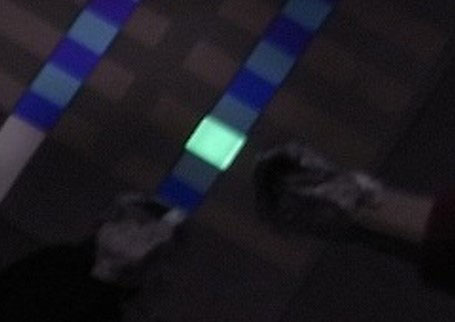 Researchers have developed two new oxide semiconductors which are suitable for organic electronics.
Researchers have developed two new oxide semiconductors which are suitable for organic electronics.
Feb 17th, 2017
Read more
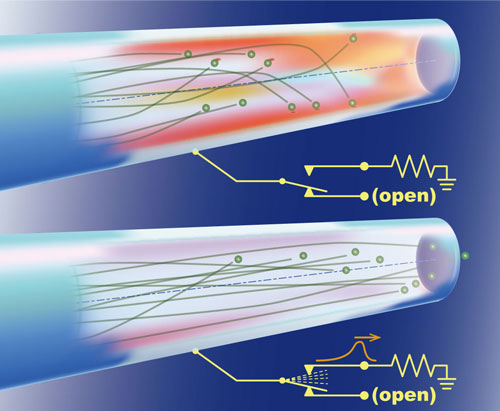 Design breakthrough enables steady, reproducible transmission of ion beams that can shoot a nanoscale area on material surfaces.
Design breakthrough enables steady, reproducible transmission of ion beams that can shoot a nanoscale area on material surfaces.
Feb 17th, 2017
Read more
 The novel method uses ultrahigh shear forces in a microfluidisation process to exfoliate graphene flakes from graphite. The process converts 100% of the starting graphite material into usable flakes for conductive inks, avoiding the need for centrifugation and reducing the time taken to produce a usable ink.
The novel method uses ultrahigh shear forces in a microfluidisation process to exfoliate graphene flakes from graphite. The process converts 100% of the starting graphite material into usable flakes for conductive inks, avoiding the need for centrifugation and reducing the time taken to produce a usable ink.















 Subscribe to our Nanotechnology News feed
Subscribe to our Nanotechnology News feed